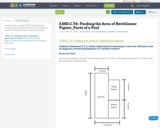
A task related to standard 3.MD.7d, additive area of rectilinear figures. Students find the area of the parts of a pool to ultimately find the area of the entire pool.
- Subject:
- Education
- Mathematics
- Material Type:
- Activity/Lab
- Date Added:
- 07/18/2018

A task related to standard 3.MD.7d, additive area of rectilinear figures. Students find the area of the parts of a pool to ultimately find the area of the entire pool.
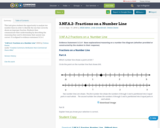
This task gives students the opportunity to analyze two number lines in order to identify the one that correctly shows an improper fraction. Students then communicate their understanding by describing the reasoning they used to determine their answer was correct. It is aligned to evidence statement 3.C.6-1
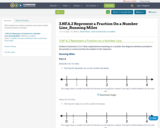
This number line task has students reason about which fractional distance is farther.
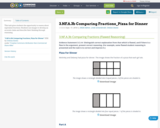
This task gives students the opportunity to reason about equivalent fractions. Students use images to develop an accurate claim and describe their thinking through reasoning.
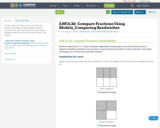
A math task on Sub Claim C: Concrete Referents. Students are using a provided image to compare fractions of the same sized whole and then compare. Students explain how they know which fraction is the greatest.
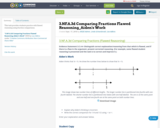
This task provides students practice with flawed reasoning using fraction comparisons.
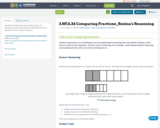
This flawed reasoning task provides practice for students to understand the size of the wholes must be equal in order to compare fractions.
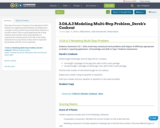
This task is focused on Common Core Standards 3.OA.3 Students are applying understanding of multiplication concepts to solve a multi-step word problem related to a real life context. This is a good beginning task to help students show all their work using equations to represent the solution path for the task. It also helps students focus on precision as they need to represent the problem with the correct equations.
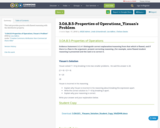
This task provides practice with flawed reasoning with the distributive property.
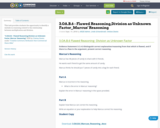
This task provides students the opportunity to identify a mistake in reasoning related to the relationship between multiplication and division.
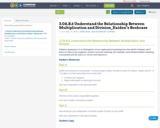
Flawed Reasoning Task for Grade 3

This task provides students practice with modeling.
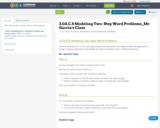
This task provides students practice with modeling.
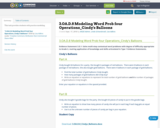
This task provides students with practice modeling.
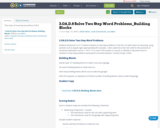
This chain of reasoning task address 3.OA.8
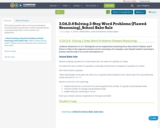
This task has student solve a two step word problem involving addition and division. Students identify flawed reasoning and provide a correct answer and explanation.
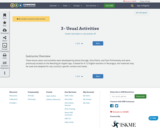
These lesson plans and activities were developed by Janine Darragh, Gina Petrie, and Stan Pichinevskiy and were previously located on the Reaching for English app. Created for K-12 English teachers in Nicaragua, the materials may be used and adapted for any country's specific context and needs.
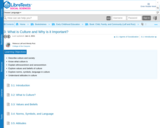
Textbook chapter used in CSI EDUC 204 Families, Communities, and Culture.
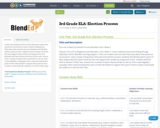
In this unit students will use what they know about how words are structured to read a variety of Expository Texts about the election process. Students will identify author’s point of view, explain why the author wrote the text and support their answer by citing proof in text. Students will then hold an election of their own, choose from a variety of topics they would like to vote on, then create digitally a campaign video communicating their point of view with details to support their point of view in hopes to persuade the audience to vote for their topic.
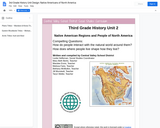
This unit on American Indians: By studying the regions of the United States and the cultures that live in each region, students are able to compare/contrast within regions and across regions how tribes used their environments, and their cultural and other contributions to American life.
Note that the emphasis here is on broader groups of tribes for each region with some instruction on specific tribes representing each region. In no way is this case study approach to learning about one tribe meant to be generalized to all tribes of that region. We understand that each tribe was and continues to be unique in its culture, practices, lifeways, and traditions.